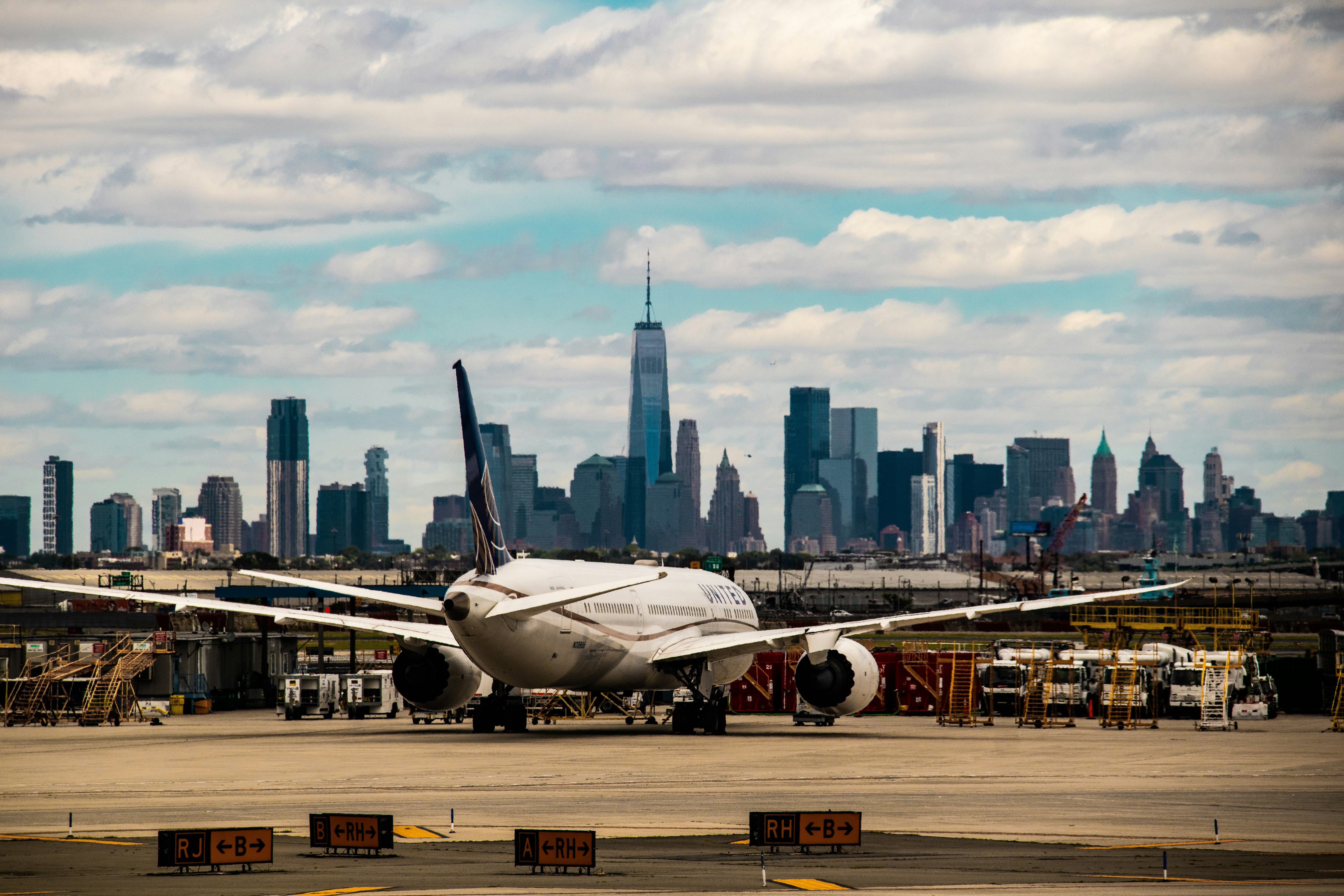Newark, NJ – A sudden communications blackout at a key air traffic control facility on April 28th has sent a shockwave through air travel, with Newark Airport bearing the brunt of the disruption as a subsequent controller shortage amplifies existing operational challenges.
- COMMUNICATION CRASH: Equipment failure at Philadelphia TRACON on April 28th led to controller leave and immediate air traffic disruptions.
- STAFFING STRAIN: Existing air traffic controller shortage worsened, causing significant delays and cancellations at Newark Airport.
- UNCERTAIN OUTLOOK: Ongoing staffing issues and runway construction suggest continued travel disruptions despite FAA efforts.
Critical Outage and Immediate Aftermath
A significant communications equipment failure at the Philadelphia Terminal Radar Approach Control (TRACON) on Sunday, April 28, 2025, sent ripples of disruption through air travel, particularly affecting Newark Liberty International Airport (EWR). The incident involved a burned-out copper wire, leading to a temporary loss of both primary and backup communication and radar systems for approximately 30 to 90 seconds. This “blackout” event instilled considerable stress among air traffic controllers on duty. In the immediate aftermath, several controllers took leave under the Federal Employees Compensation Act, citing trauma from the incident. The National Air Traffic Controllers Association (NATCA) confirmed that some controllers were deeply affected by the sudden loss of critical systems. The Federal Aviation Administration (FAA) acknowledged the equipment malfunction and its impact on operations.
Staffing Strain Exacerbates Newark’s Woes
The communication failure occurred against a backdrop of a pre-existing and worsening shortage of air traffic controllers at the Philadelphia TRACON, the facility overseeing Newark’s airspace. The controllers taking leave in the wake of the April 28th incident further strained the already thin staffing levels. This shortage has severely limited the number of flights the facility can safely handle, leading to a surge in delays and cancellations at Newark Airport over the past nine days. Arriving and departing flights have faced hours-long disruptions. United Airlines, the dominant carrier at EWR, responded to the ongoing uncertainty by proactively reducing its schedule by 35 daily flights. The FAA has implemented traffic management programs, including ground delays, to mitigate the impact of the reduced ATC capacity.
Lingering Shortages, Capacity Cuts, and Uncertain Skies
The air traffic controller shortage is a nationwide issue, stemming from factors like the demanding nature of the profession, lengthy training, and historical understaffing. The recent events at Philadelphia TRACON have thrown this problem into sharp relief, raising concerns about the resilience of the air traffic control system. Ongoing runway construction at Newark is also contributing to the airport’s reduced operational capacity. While the FAA and the Department of Transportation, under Secretary Sean Duffy, have announced initiatives to address the controller shortage with a goal of full staffing in three to four years, the immediate outlook for travelers through Newark remains uncertain. The combination of staffing shortages, equipment vulnerabilities, and infrastructure limitations suggests that disruptions are likely to continue in the short term, requiring airlines and passengers to brace for potential further delays and cancellations.














